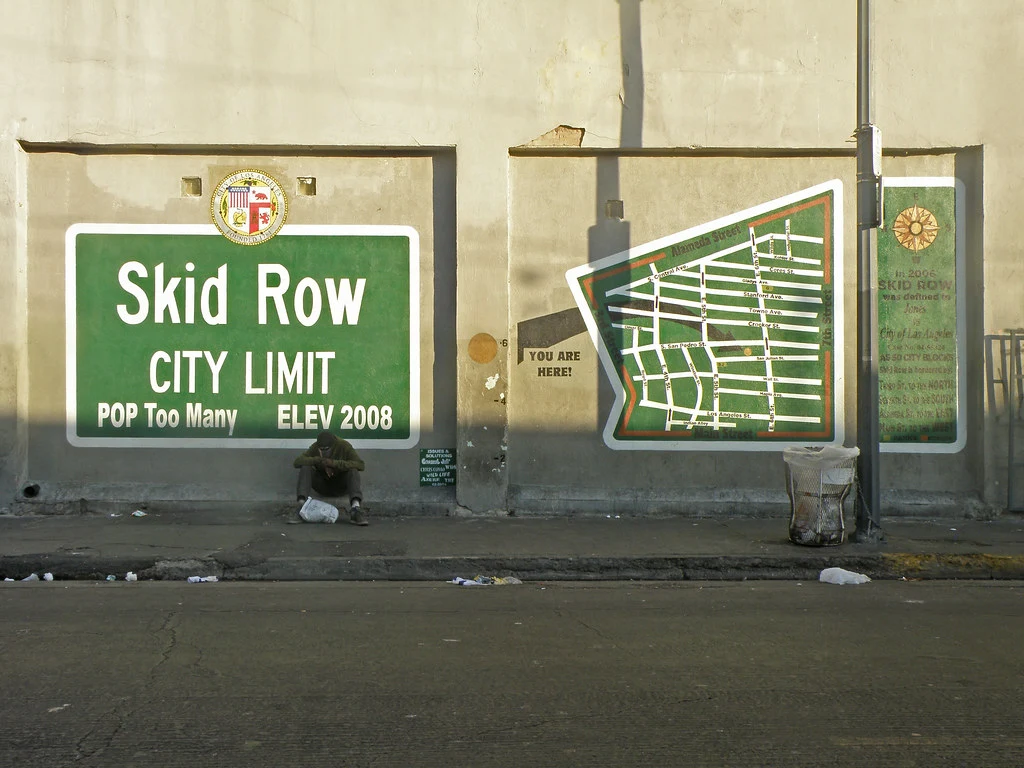A Neighborhood of Contrasts
In the vibrant city of Los Angeles, there’s a neighborhood that tells a different story—a story of struggle, resilience, and the human spirit. This place is called Skid Row, and it’s become a symbol of the stark contrasts within the city.
On one hand, Los Angeles is known for its glitz and glamour, with Hollywood stars, beautiful beaches, and a thriving entertainment industry. But just a few blocks away, in the heart of downtown, lies Skid Row—a neighborhood that has become the epicenter of the city’s homelessness crisis.
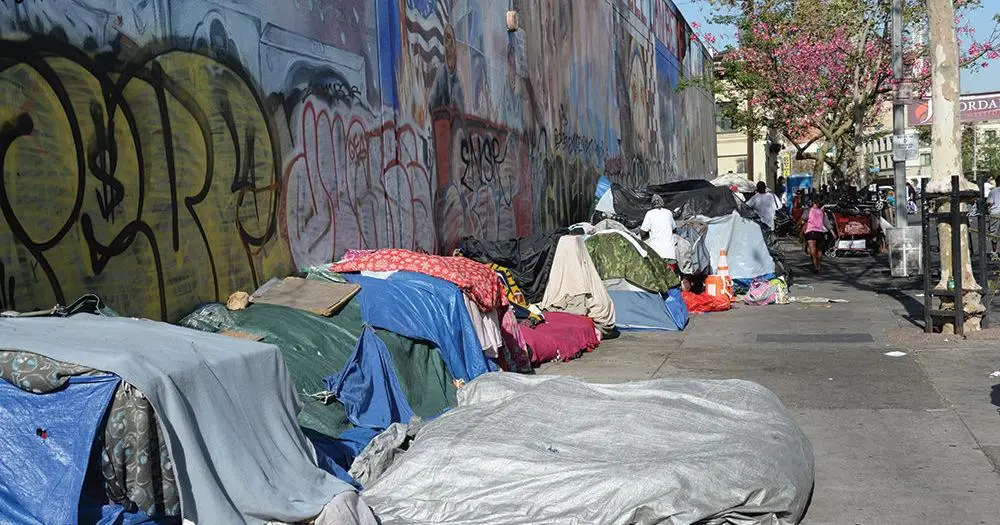
Understanding Skid Row
Skid Row is a neighborhood that spans several blocks in downtown Los Angeles. It’s a place where many people experiencing homelessness reside, either on the streets, in makeshift tents, or overcrowded shelters. The population of Skid Row is estimated to be between 8,000 and 11,000 individuals, making it one of the largest concentrations of homeless people in the United States.
But Skid Row is more than a place where people without homes live. It’s a neighborhood with a complex history and a web of socio-economic and political challenges. From drug addiction and mental health issues to systemic poverty and a lack of affordable housing, the people of Skid Row face numerous obstacles in their daily lives.
A Growing Crisis
In recent years, homelessness has been on the rise in Los Angeles, and Skid Row has been hit particularly hard. According to recent reports, there has been a 13% increase in homelessness in this area, and the number of unsheltered people in the surrounding neighborhoods of Hollywood, Skid Row, and Venice has increased by 18%.
These numbers are alarming, but they don’t tell the whole story. Behind each statistic is a human being with a unique story and circumstances that led them to this place.
A Community of Resilience
Despite the challenges those living in Skid Row face, its residents have a strong sense of community and resilience. Many grassroots initiatives, nonprofits, and community organizers work tirelessly to improve living conditions, protect residents’ rights, and find long-term solutions to homelessness.
These efforts are a testament to the strength and determination of the people who call Skid Row home. They remind us that the human spirit can shine through even in the face of adversity.
A Multifaceted Narrative
In this article, we’ll examine Skid Row and its complex issues. We’ll explore this neighborhood’s history, examine its current challenges, and highlight the efforts of those working to make a difference.
As we journey through this part of Los Angeles, we’ll illuminate the realities of life in Skid Row, share stories of resilience and hope, and consider the broader implications for urban centers worldwide.
So join us as we explore Skid Row’s multifaceted narrative—a place of struggle but also strength, community, and the unbreakable human spirit.
The Faces of Skid Row
A Diverse Community
When we think of Skid Row, it’s easy to fall into the trap of stereotypes and generalizations. But the truth is, the people who call this neighborhood home come from all walks of life. They have diverse backgrounds, unique experiences, and their own stories to tell.
Skid Row is a melting pot of races, ethnicities, and socio-economic backgrounds. It’s a place where people from different corners of society converge, united by the common struggle of homelessness.
Over-representation of People of Color
One of the most striking aspects of Skid Row’s demographics is the over-representation of people of color. Approximately 56% of those experiencing homelessness in this area identify as Black or African American, while 24% identify as Hispanic or Latinx.
These numbers are a stark reminder of the systemic inequalities that persist in our society. They highlight the need for targeted interventions and support systems that address the unique challenges communities of color face.
Facing Challenges, Finding Strength
Life in Skid Row is not easy. Many residents grapple with addiction, mental health issues, and the daily struggle of poverty. These challenges can feel overwhelming and often intersect and compound one another.
Amidst these difficulties, there is also a remarkable sense of resilience and community. The people of Skid Row have found ways to support one another, to create a sense of belonging, and to find moments of joy and connection in the face of adversity.
Individual Stories, Universal Truths
When we talk about homelessness, it’s easy to get lost in statistics and broad generalizations. But behind every number is a human being with a unique story.
Some residents of Skid Row have found themselves here after a sudden life change, like a job loss or a health emergency. Others have been on the streets for years, navigating a complex web of systemic issues and personal struggles.
By listening to these individual stories, we can understand the true complexity of homelessness. We can see the strength of the human spirit, the power of community, and the resilience that allows people to keep going despite incredible odds.
A Tapestry of Experiences
Addicted to Crystal Meth on Skid Row: Magic
Gang Member on Skid Row: Johnny
The Cigarette Man
Each of these individuals has a unique story, but they are all part of the larger tapestry of Skid Row. They remind us that homelessness is not a monolith but a complex and multifaceted issue that profoundly affects real people.
As we continue exploring life’s realities in Skid Row, let us remember the faces behind the statistics. With empathy and understanding, let us listen to their stories and work towards solutions that honor their humanity and resilience.
Quick Tip
Supporting Skid Row Through Informed Giving
When donating to organizations in Skid Row, research and ensure that your contributions go to reputable, effective programs. Look for non-profits with a proven track record of providing comprehensive services, advocating for systemic change, and empowering the community. By making informed decisions about where to direct your support, you can maximize the positive impact of your donations and help create lasting change in Skid Row.
Socioeconomic Factors Contributing to Skid Row
The Affordable Housing Crisis
As rents continue to rise and affordable housing options remain woefully inadequate, many Los Angeles residents find themselves in precarious living situations. Even those with jobs often struggle to keep up with the high cost of housing, forcing them into sub-optimal arrangements.
This lack of affordable housing is a major contributor to the rising rates of homelessness in the city. When people cannot find a place to live that fits within their means, they are often left with no choice but to take to the streets.
A Reflection of Broader Societal Challenges
What is Skid Row, and how did it come to be?
Skid Row is a neighborhood in downtown Los Angeles known for its high concentration of homelessness and poverty. The area has a long history dating back to the late 19th century when it was a hub for transient workers and those struggling with economic hardship. Over time, it has become a symbol of the city’s ongoing struggle with homelessness and inequality.
What services are available for people experiencing homelessness in Skid Row?
Several organizations and non-profits in Skid Row provide essential services to those experiencing homelessness, including shelters, food banks, medical clinics, and job training programs. However, the demand for these services often outweighs the available resources, highlighting the need for increased support and funding to address the scale of the homelessness crisis in the area.
How can I help support the Skid Row community?
There are many ways to support the Skid Row community, such as volunteering with local organizations, donating money or essential items to shelters and outreach programs, and advocating for policies prioritizing affordable housing and social services. By getting involved and showing compassion, you can make a difference in the lives of those struggling with homelessness and poverty in Skid Row.
Mental Health and Addiction Challenges
Untreated Mental Health Issues
A staggering 36% of Skid Row’s homeless population reported suffering from severe mental illness, while 25% reported physical disabilities, and 13% mentioned developmental disabilities. Additionally, 38% of individuals disclosed experiences of domestic or intimate partner violence.1
These numbers paint a picture of a community in crisis, where many people are dealing with untreated mental health issues, often because they lack access to the healthcare they so desperately need.
The Scourge of Substance Abuse
Substance abuse is another significant challenge facing the residents of Skid Row. According to a study conducted by the Los Angeles County Department of Public Health, around 67% of individuals experiencing homelessness in Skid Row had a history of substance abuse.
This high rate of substance abuse is not surprising, given the challenges that many residents face. When people do not receive the support and therapy they need to manage their mental health issues, they often turn to drugs or alcohol as a way to cope. Unfortunately, this only exacerbates their situation, making it even harder for them to escape the cycle of homelessness.
The Need for Comprehensive Healthcare Interventions
The combination of mental health challenges and substance addiction is a major contributing factor to homelessness in Skid Row. Unfortunately, addiction is often stigmatized, and mental illness is frequently misunderstood, making it difficult for people to get the help they need.
This means that many residents of Skid Row are trapped in a vicious cycle, where their struggles prevent them from seeking help, and the resources they need are not always readily available. Comprehensive healthcare interventions are urgently needed in marginalized communities like Skid Row to break this cycle.
Get Help for Substance Abuse at Cornerstone
We offer a wide range of treatment for mental health and substance abuse conditions. Begin your journey to recovery today!
Economic Inequality and Unemployment
Economic inequality is another major factor contributing to Skid Row’s existence. It highlights the complex structural obstacles that Los Angeles and many other cities worldwide face in addressing homelessness and poverty.2
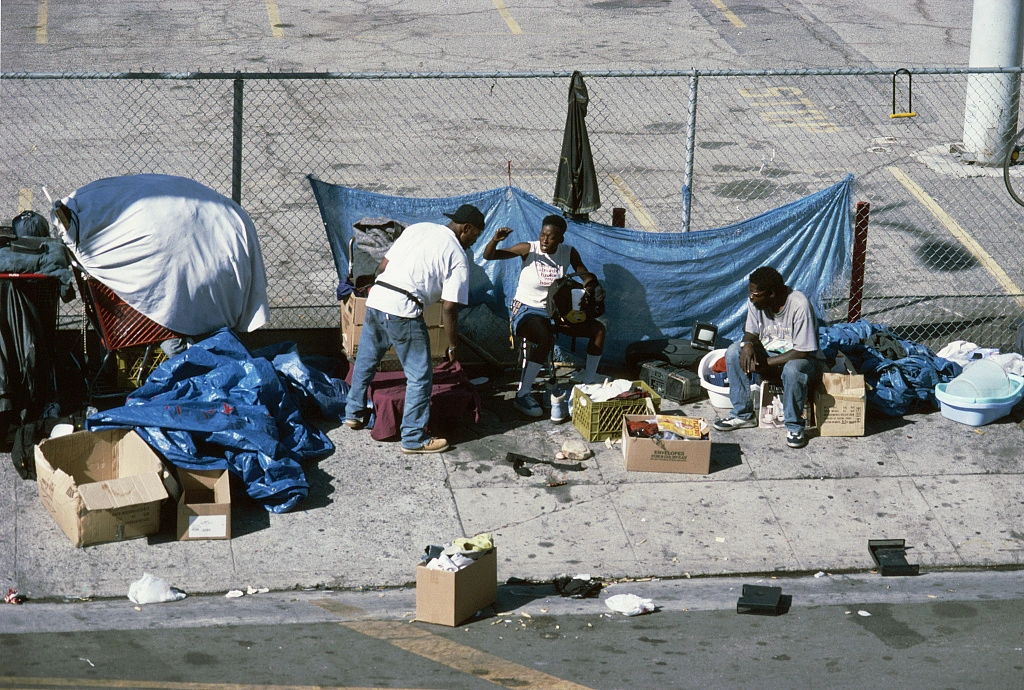
Barriers to Stable Employment
The Vicious Cycle of Economic Inequality and Unemployment
Breaking the Cycle
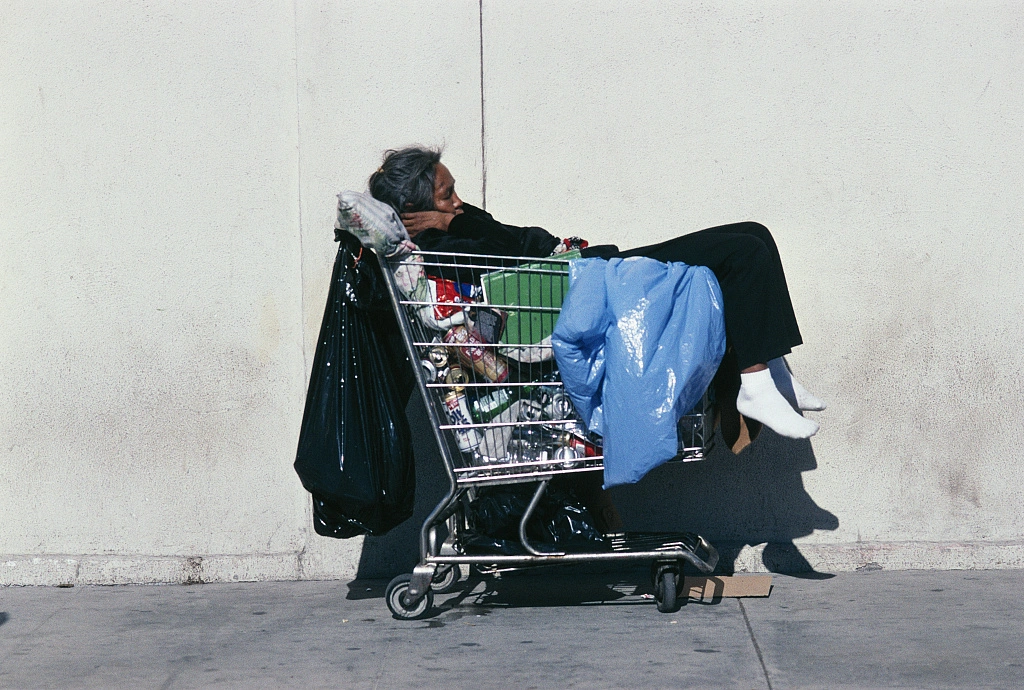
Living Conditions and Public Health Concerns
Makeshift Shelters and Their Risks
Lack of Basic Sanitation Facilities
Spread of Diseases
The densely populated tent cities and shelters in Skid Row create an environment that is ripe for the transmission of diseases. The close quarters and lack of proper sanitation make it easy for illnesses to spread rapidly among the population.3
Overcrowding and Infectious Diseases
Lack of Medical Screenings and Vaccinations
A Personal Story from a Resident of Skid Row
*Please Note: This content may trigger and be emotional for many viewers.*
Efforts to Alleviate the Situation
- Creating shelters
- Developing affordable housing projects
- Implementing outreach programs to engage with the homeless community directly
The Crucial Role of Non-Profit and Grassroots Organizations
Collaborations and Success Stories
*Viewer discretion is advised, as the video discusses some triggering subjects.*
Pillars of Hope in Skid Row
A non-profit organization serving Skid Row’s homeless population since 1914. It provides various services, including emergency shelter, meals, job training, and addiction recovery programs. The Midnight Mission is a beacon of hope for many in the community, offering a path toward stability and self-sufficiency.
Tent Cities have become a defining feature of Skid Row, with countless makeshift shelters lining the sidewalks and vacant lots. These encampments serve as a stark reminder of the scale of Los Angeles’s homelessness crisis. While they provide a temporary refuge for those without homes, tent cities also highlight the urgent need for more permanent and sustainable housing solutions.
Despite Skid Row’s challenges, the neighborhood has a strong tradition of community activism and grassroots organizing. Residents, advocates, and local organizations have come together to fight for the rights and dignity of those living in Skid Row, pushing for policies and programs that address the root causes of homelessness and poverty. This spirit of activism and resilience is a testament to the strength and determination of the Skid Row community.
Challenges in Addressing Skid Row's Issues
The Double-Edged Sword of Urban Revitalization
Prioritizing Inclusivity in Urban Development
- Providing affordable housing options
- Creating job opportunities and training programs
- Improving access to healthcare and social services
- Fostering community engagement and participation in decision-making processes
Navigating Legal and Ethical Complexities
The Conflict Between Rights and Regulations
The Need for Comprehensive Policy Reforms
- Reviewing and amending laws that criminalize homelessness
- Allocating resources towards long-term solutions, such as permanent supportive housing
- Ensuring that the rights of the homeless are protected and upheld
- Collaborating with the community to develop policies that reflect their needs and experiences
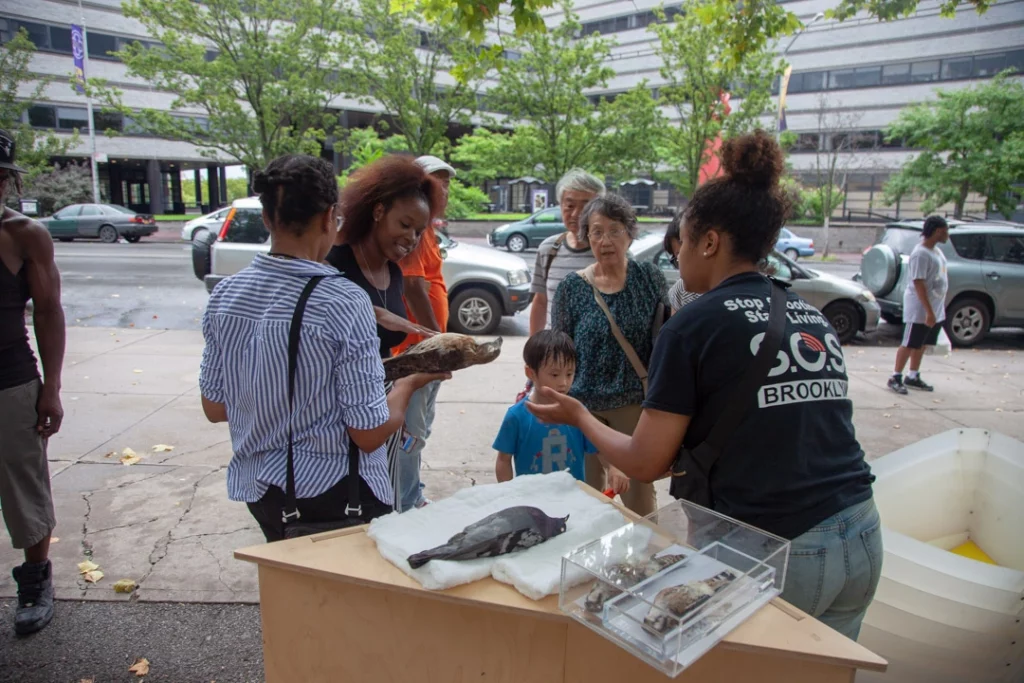
Cultural Aspects and Community Initiatives
Art as a Voice for the Community
Community Spaces as Lifelines
Celebrating Stories of Resilience
Perspectives from Residents
Stories of Hardship and Resilience
Dreams for a Better Future
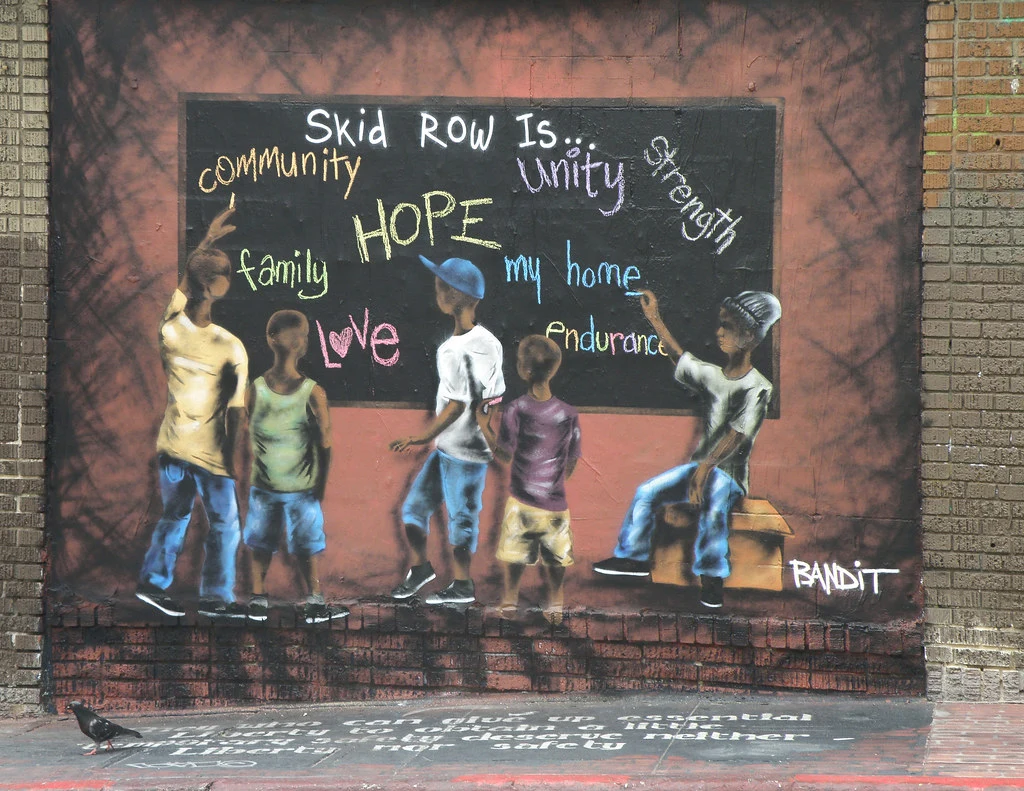
The Future of Skid Row
Potential Solutions on the Horizon
A Vision for a Thriving Community
- Safe and affordable housing options
- Access to quality healthcare and mental health services
- Job training and employment programs
- Vibrant community spaces and cultural events
- A strong network of support services and resources
A Spirit That Refuses to Be Silenced
The Power of Community and Empathy
Stories of Resilience and Hope
A Message of Hope and Support
Comprehensive Addiction Treatment
- Medical detox
- Residential treatment
- Outpatient programs
- Individual and group therapy
- Family support and education
- Aftercare planning and support
There Is Hope
Key Takeaways
- Key Takeaways
- Skid Row is a neighborhood in Los Angeles that has been symbolizing the city's struggle with homelessness, poverty, and inequality for over a century.
- The challenges faced by the Skid Row community are complex and multifaceted, including a lack of affordable housing, limited access to essential services, and the criminalization of homelessness.
- Despite the immense challenges, the Skid Row community has demonstrated remarkable resilience. Residents, activists, and organizations work tirelessly to provide support, advocate for change, and create a better future for all.
- Addressing the issues in Skid Row requires a comprehensive, collaborative approach that prioritizes affordable housing, access to essential services, and community empowerment. Everyone can support this effort through informed giving, volunteering, and advocacy.
